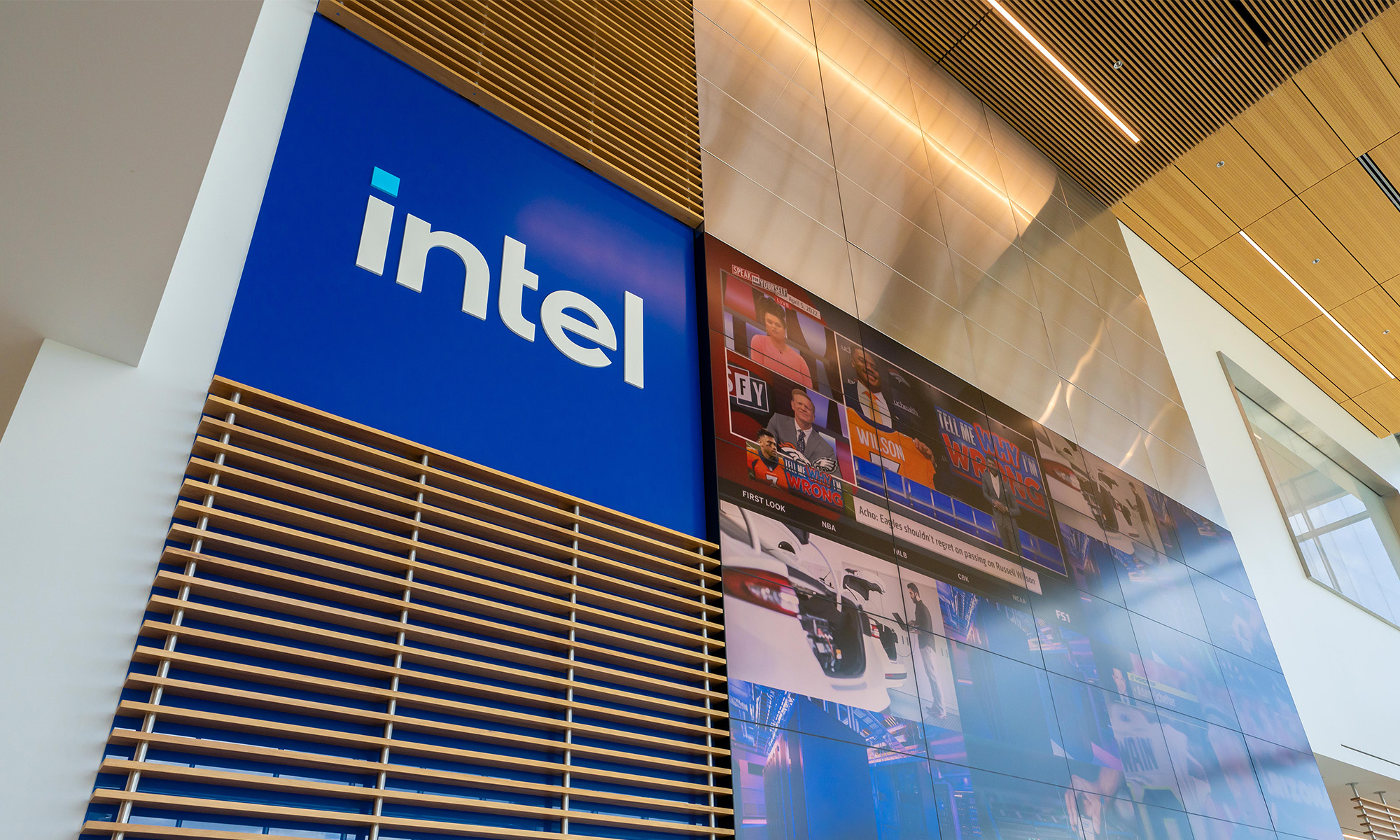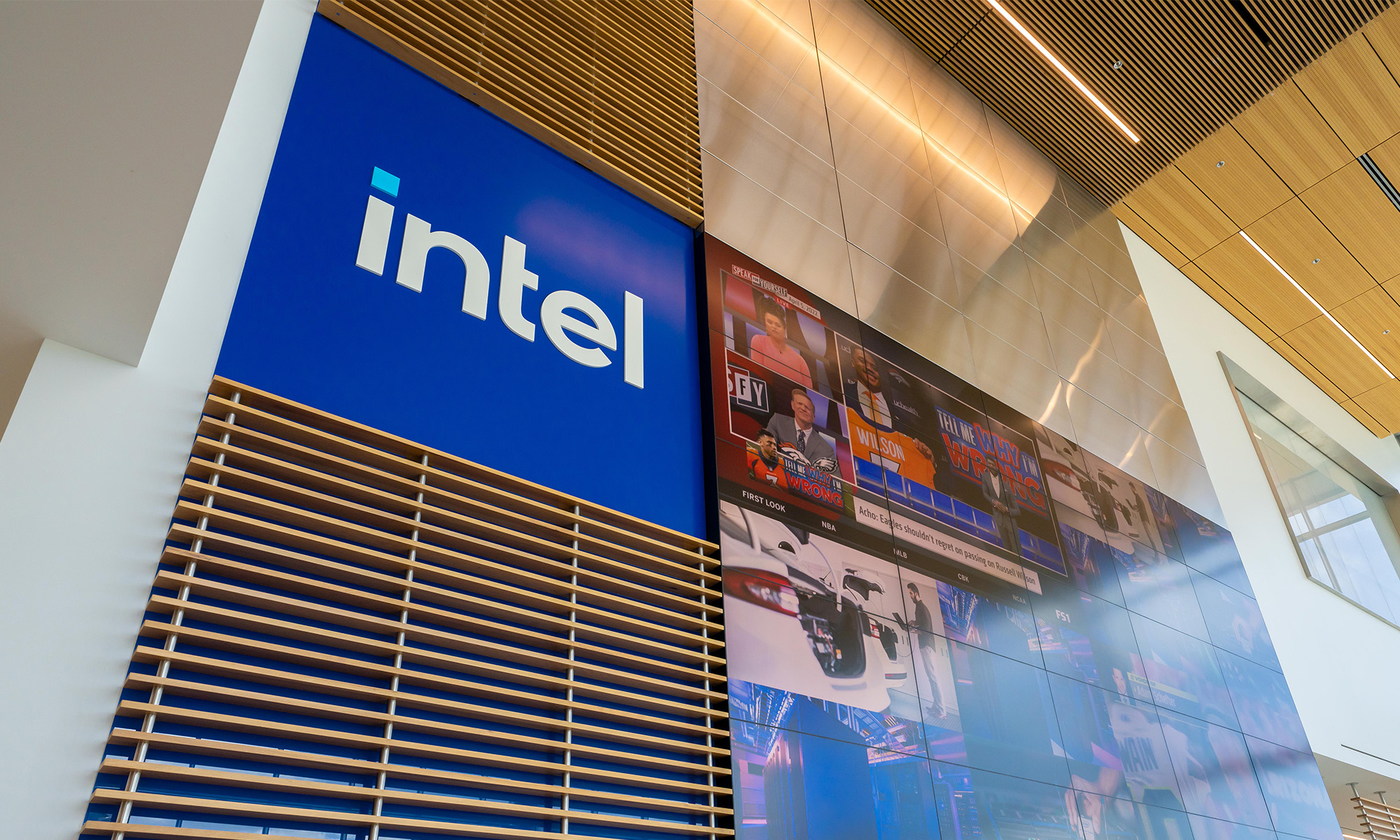Demand for artificial intelligence (AI) infrastructure is off the charts. Around the world, companies and countries are investing heavily in AI data centers, fearful of being left behind. While the jury is still out on how long this frantic pace of AI data center build-outs will last, there are no signs of it slowing down anytime soon.
Intel (INTC 0.52%) has largely missed the AI boat. The company's attempts to break into the AI accelerator market fell flat, and its server CPU business has struggled recently as rival AMD stole market share. Manufacturing delays in the past and a culture of complacency planted the seeds of the current crisis.

Image source: Getty Images.
Server sales are booming
I wouldn't say that Intel has fully gotten its act together in the server CPU market, but the company has certainly made meaningful progress over the past few years. The server market is expected to grow rapidly over the next few years, and Intel is in a far better position today to reap the rewards.
Global server sales topped $250 billion in 2024, according to IDC. With booming sales of AI servers in the first quarter, the forecast from IDC for 2025 now sits at $366 billion. By 2029, IDC sees global server sales nearing $600 billion. Much of this growth will be driven by x86 servers with AI accelerators, although other categories are also set to expand.
Although the bulk of spending related to AI servers goes toward GPUs, CPUs are still a critical component. With global sales of accelerated x86 servers expected to nearly triple by 2029, AI servers represent a significant opportunity for Intel's server CPU business. The market for standard x86 servers will also expand, although not nearly as quickly.

NASDAQ: INTC
Key Data Points
Intel's lineup is solid
Intel fell way behind AMD in terms of performance, core count, and efficiency in the early 2020s. One problem was that Intel was stuck on its aging 14-nm process technology due to delays with its 10-nm process, and then it was stuck on its 10-nm process. Sapphire Rapids and Emerald Rapids, which both launched in 2023, both used versions of Intel's 10-nm process, while AMD was able to tap into more advanced process nodes from TSMC.
Intel quickly made up some ground in 2024. Granite Rapids moved to the Intel 3 process, which is still behind TSMC, but not by nearly as much. Granite Rapids doubled the maximum core count from Emerald Rapids, and it brought significant improvements in performance and efficiency. Intel also launched Sierra Forest, which features large numbers of efficiency cores and is aimed at cloud workloads.
Clearwater Forest, the successor to Sierra Forest, will move to Intel's new 18A process when it launches next year. Diamond Rapids, the successor to Granite Rapids, is also expected to utilize the Intel 18A process and launch sometime in 2026. At that point, the manufacturing gap with AMD should largely be closed.
Arm is a real threat
While Intel is well positioned to benefit from soaring server sales, servers built around Arm-based chips pose an additional threat. IDC expects Arm-based servers with AI accelerators to grow from a $32 billion market in 2024 to a $103 billion market by 2029. The x86 architecture is still expected to be dominant, but that dominance will certainly fade to a degree.
Even with Arm expected to gain share, the server market will be big enough for Intel to grow its server CPU business. The company will need to fend off AMD and prevent any further market share losses, and its new process technologies will need to arrive on time.
Intel may have missed out on the AI accelerator market, but with server sales set to boom through the rest of the decade, the company can still benefit from soaring AI demand.





